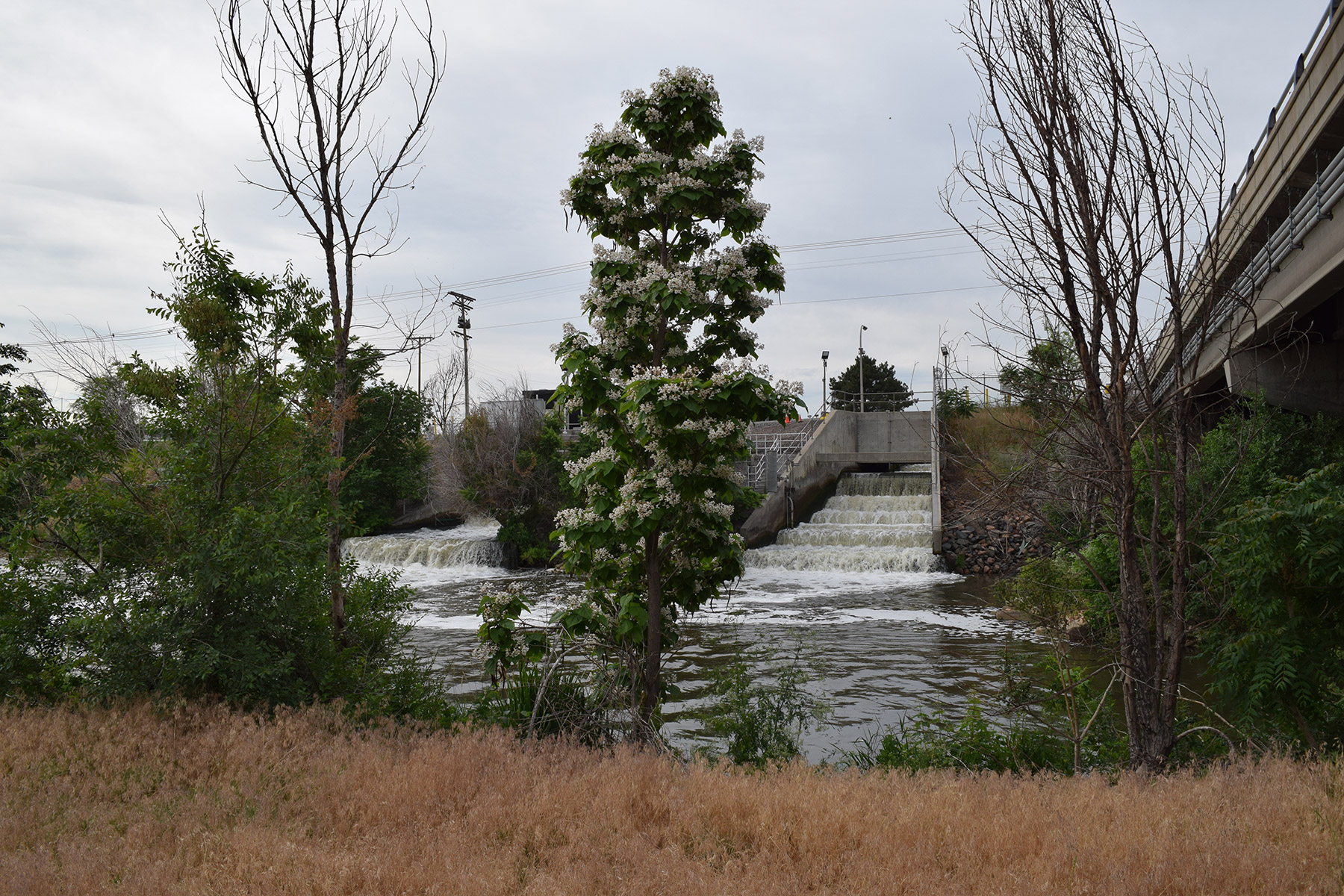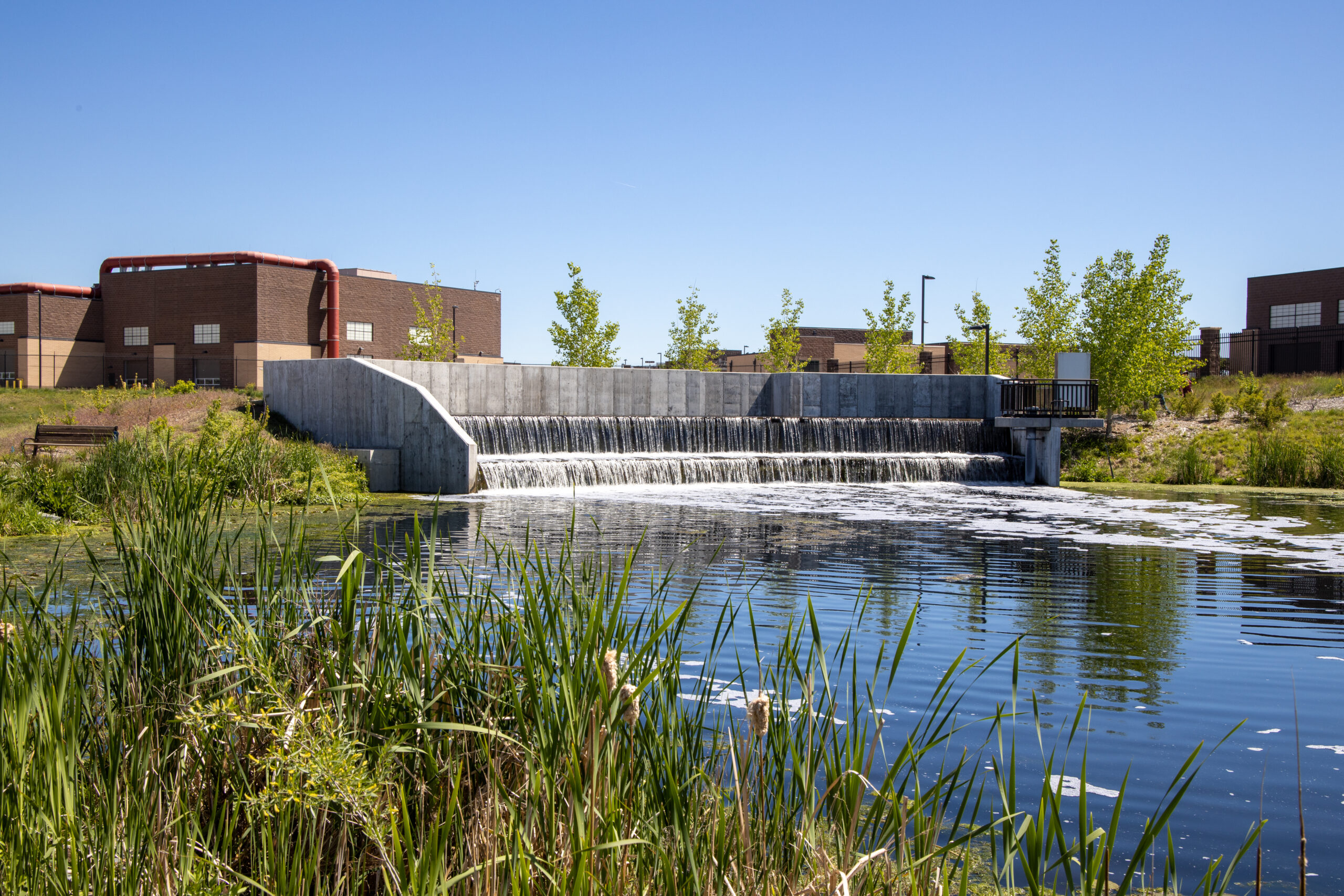Effluent
Effluent is where the treatment process is complete, and the effluent limit requirements in the discharge permit are met.
The effluent locations are carefully monitored to meet permit requirements. The recovered water from our treatment plants then enters the South Platte River. In addition to discharge permit requirements and river recharge, this location is likely to become the draw-off point for any future direct potable reuse applications.


The RWHTF discharges the effluent into the South Platte River, Segment 15.
The NTP also discharges the effluent into the South Platte River, Segment 15, but the state’s assessment approach for permitting at NTP includes both Segments 15 and 1a.

Permit and Regulations
Metro’s discharge permits require the collection and analysis of samples of the treated water leaving both the RWHTF and NTP.
The monitoring requirements applicable to the effluent of each plant are generally intended to provide the state regulators and the Environmental Protection Agency with information about the contaminant levels in water that is being discharged into the South Platte River.
Metro is required to conduct the following effluent monitoring to provide information about how well Metro is treating certain contaminants and the levels of contaminants in the treated water discharged from each plant:
Effluent monitoring to provide information about contaminants that may be of federal concern or local concern for Metro’s Industrial Pretreatment Program:
There is also required influent monitoring for several specific toxic pollutants that are required under federal regulations under 40 CFR 122, Appendix D.
Metro does not have effluent limits (a limit on the amount of a contaminant that can be present in the treated water) for all contaminants for which monitoring is required in the permits.
RWHTF
Metro does not currently have effluent limits for the following contaminants:
NTP
Metro does not currently have effluent limits for the following contaminants:
